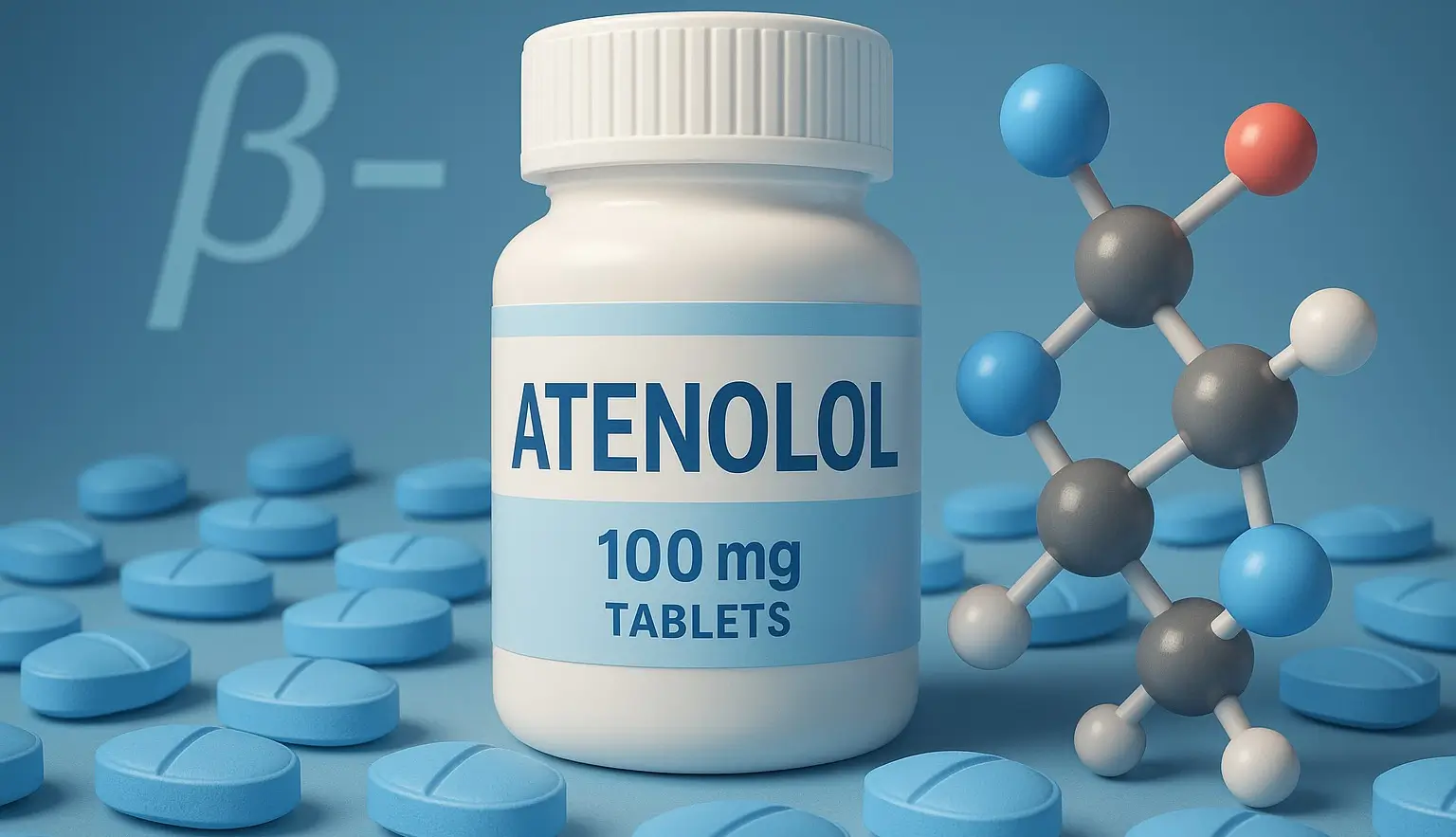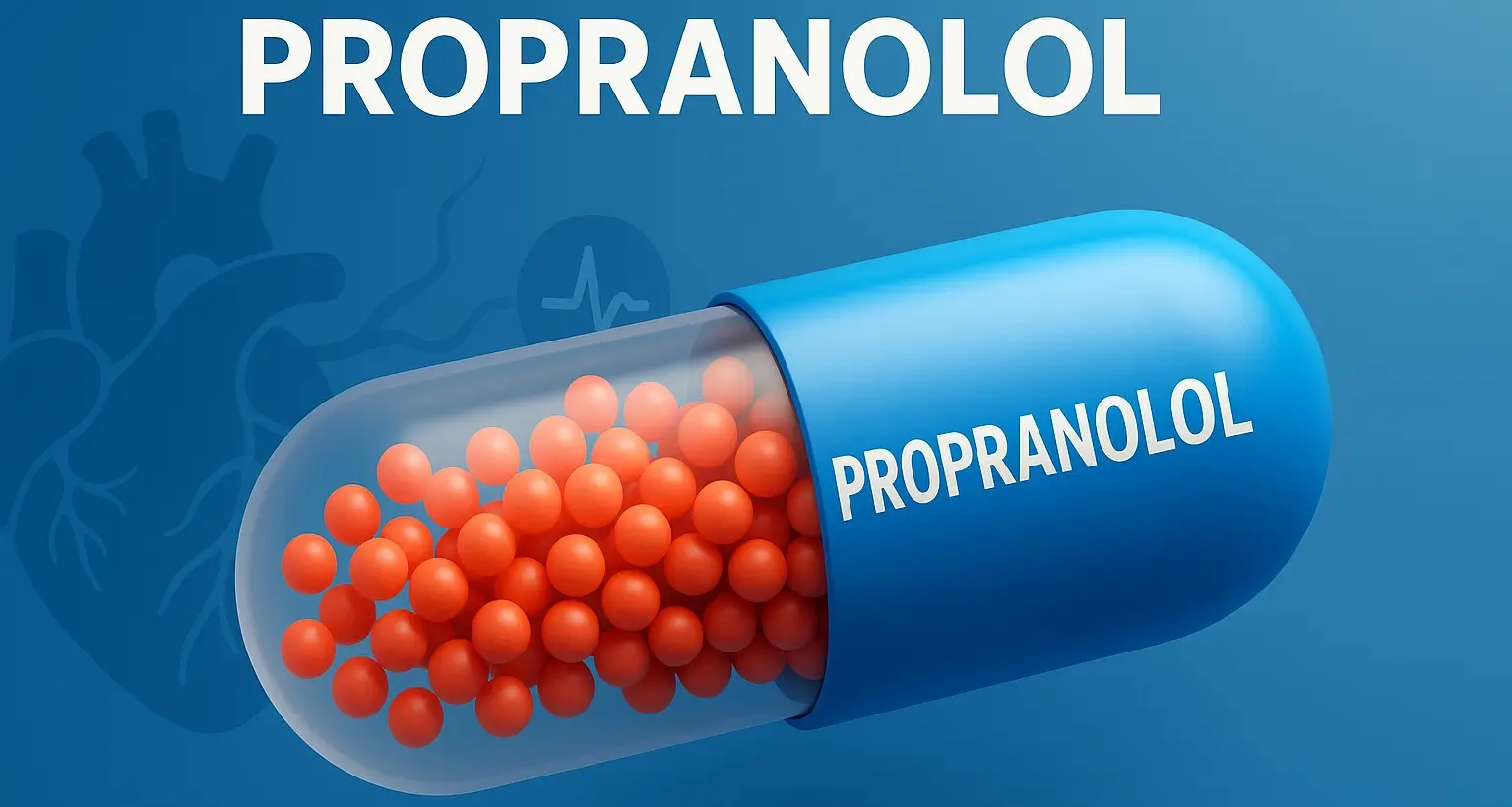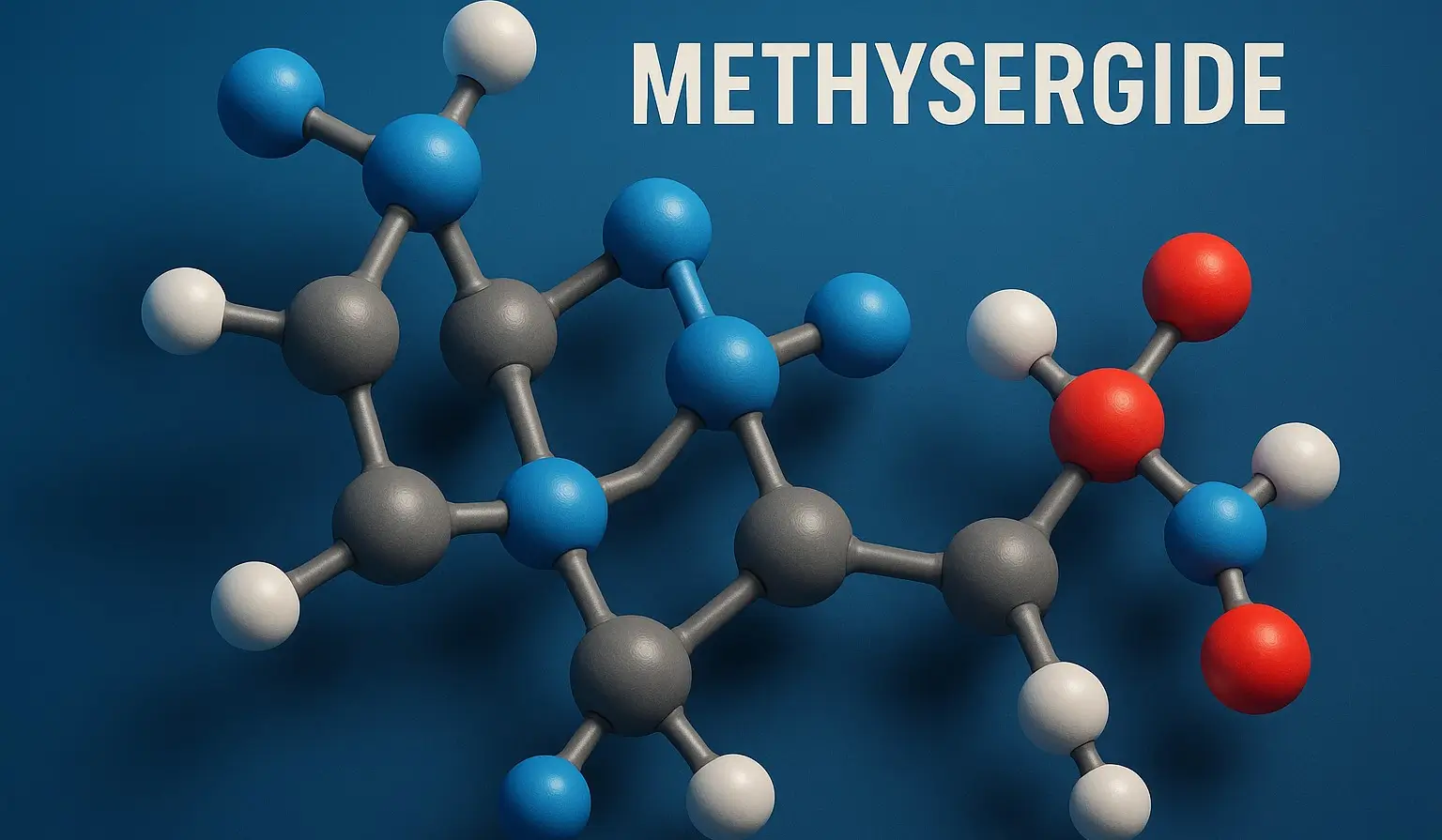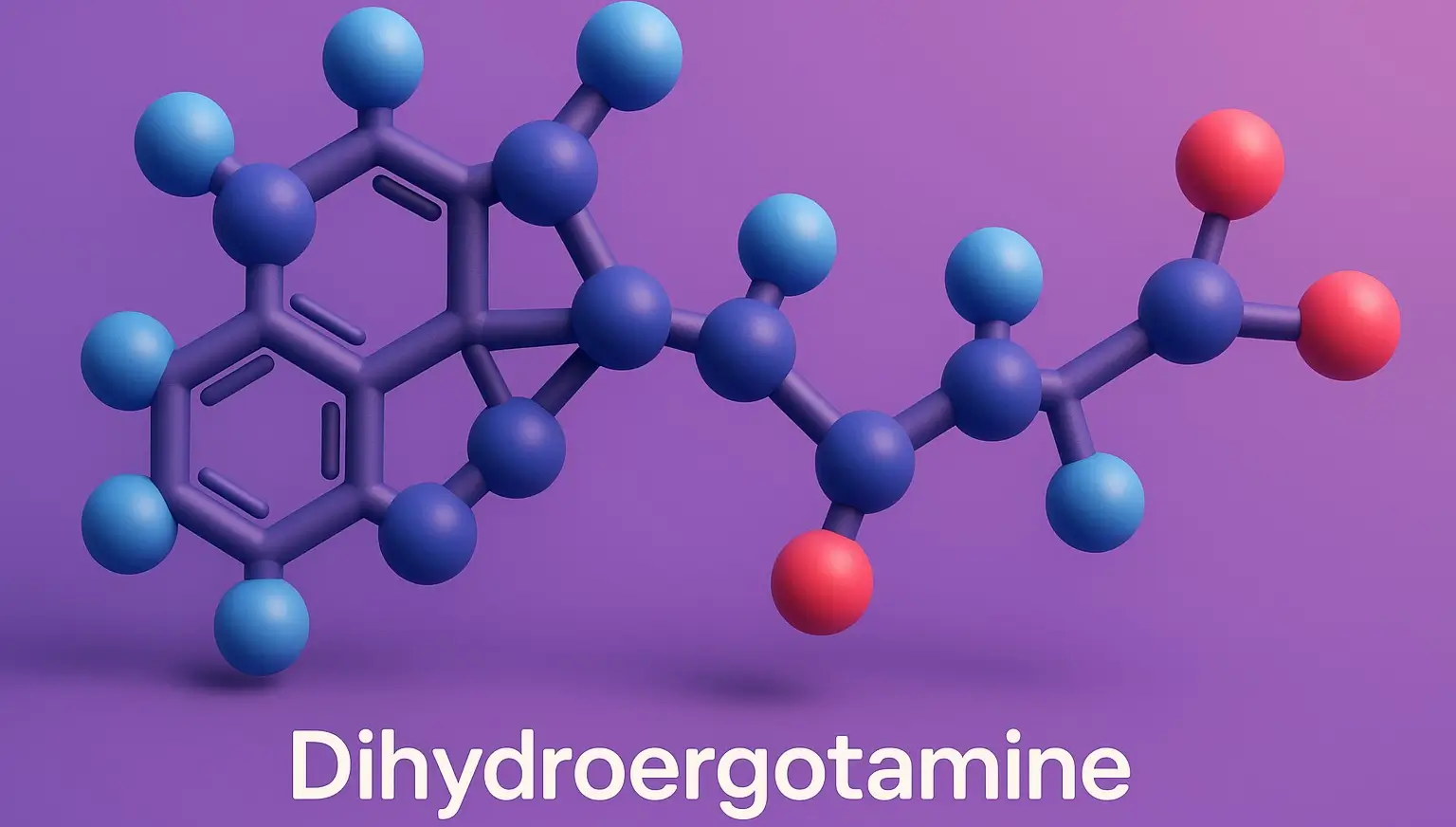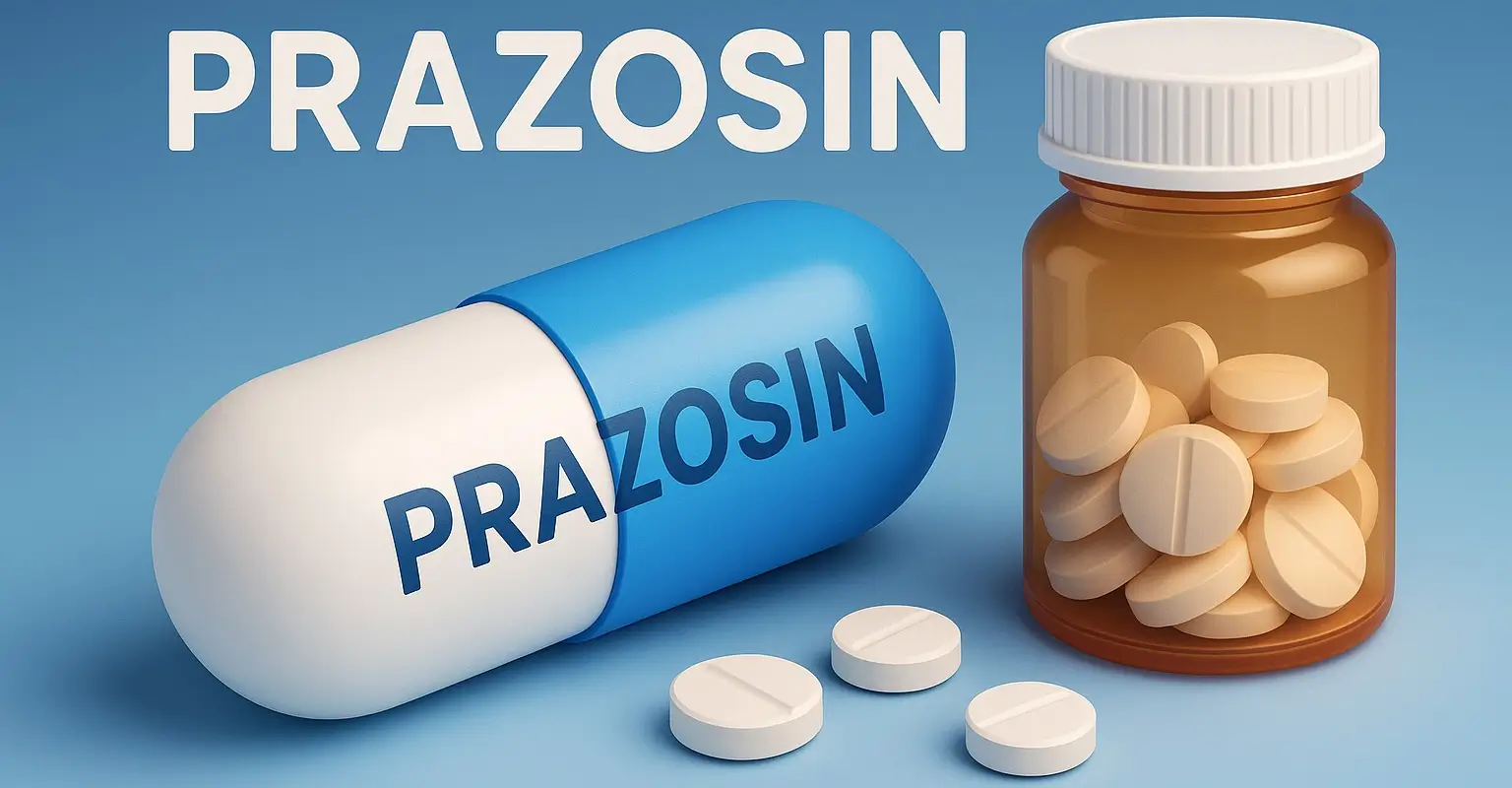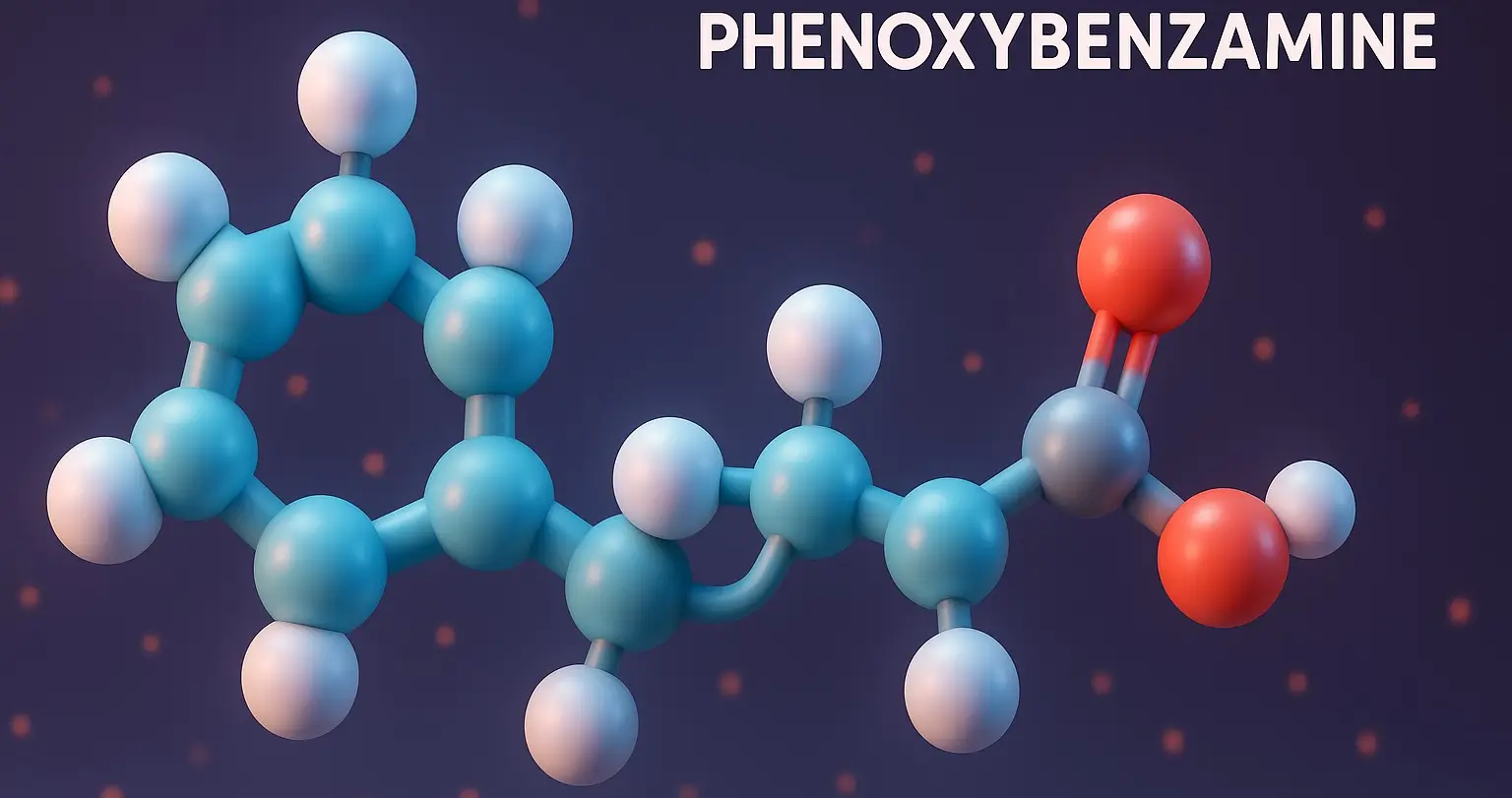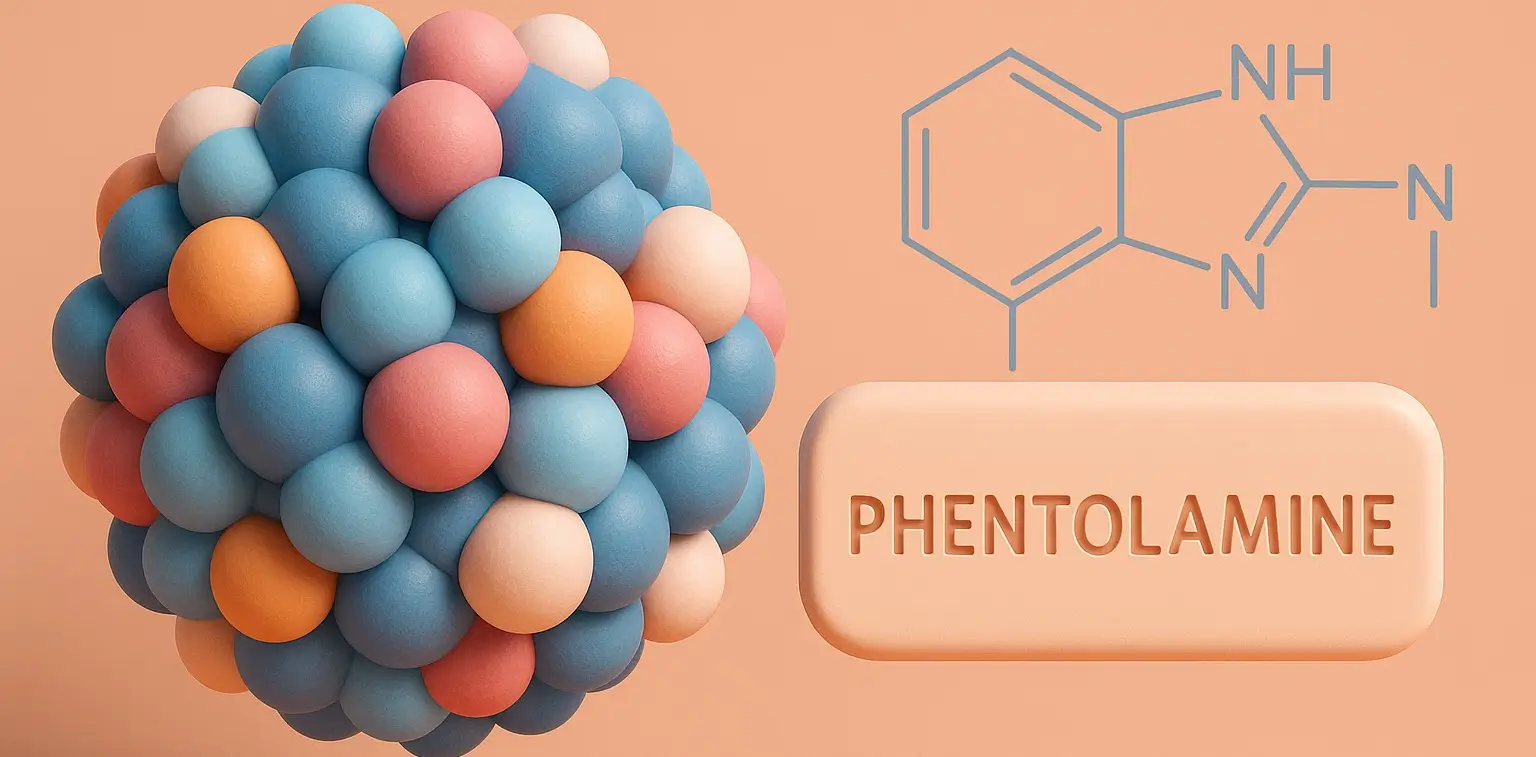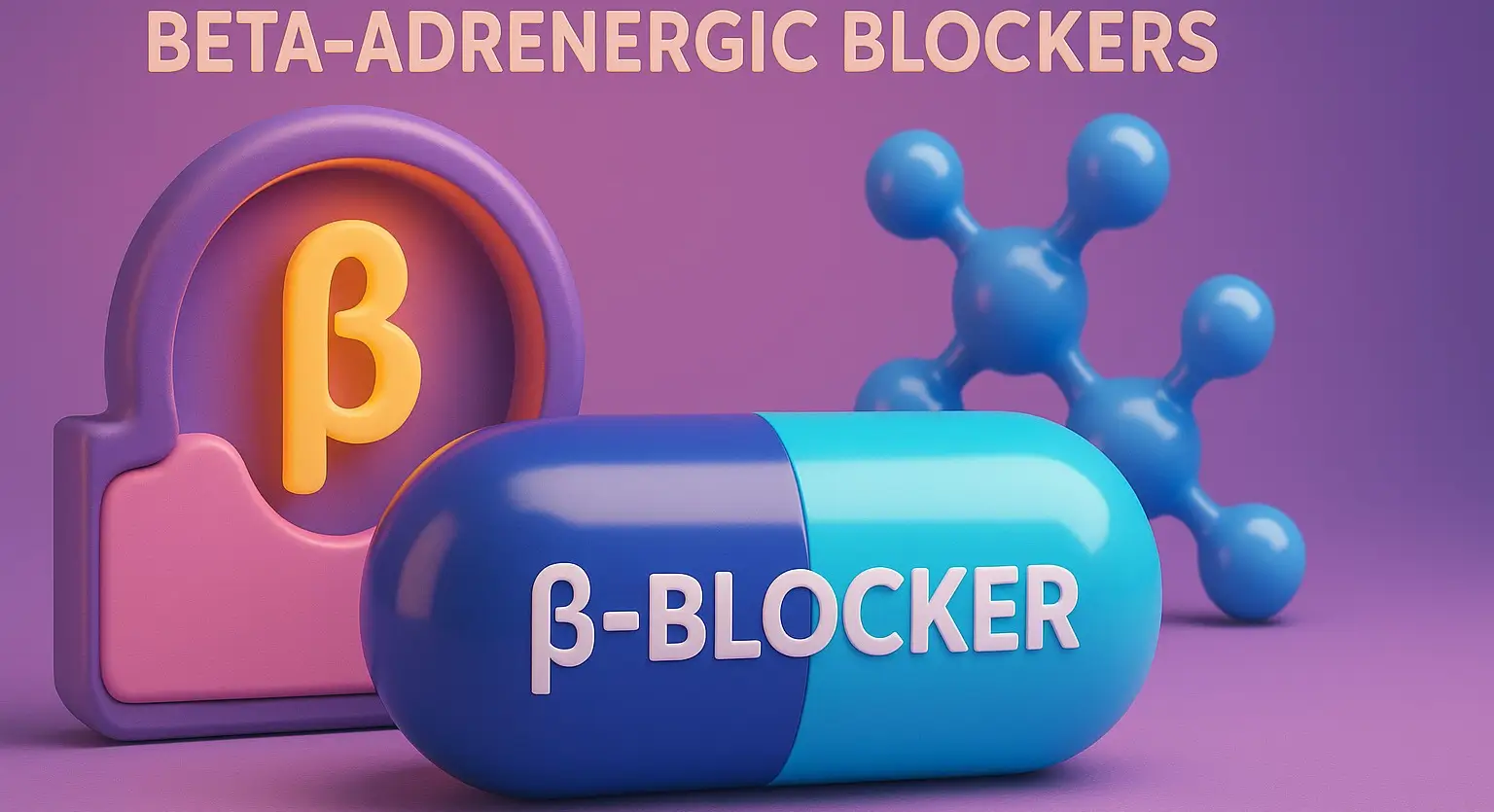Atenolol
Atenolol is a medication that belongs to a class of drugs called beta-blockers. It is primarily used to treat high blood pressure (hypertension), angina (chest pain), and to improve survival after a heart attack. Atenolol works by blocking the action of certain natural chemicals in the body, such as adrenaline, on the heart and blood … Read more

